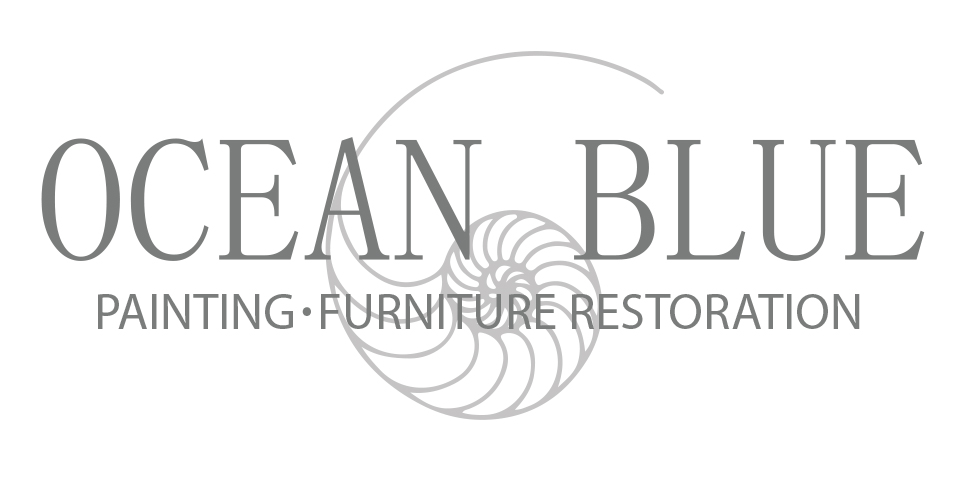Title: Painting Safety: Essential Precautions for DIYers and Professionals
Introduction: Painting is a rewarding endeavor that can transform spaces and breathe new life into homes and buildings. Whether you’re a seasoned professional or a DIY enthusiast, safety should always be a top priority when undertaking painting projects. In this comprehensive guide, we’ll explore the essential precautions that both DIYers and professionals should take to ensure a safe and successful painting experience.
Understanding the Risks: Before diving into the painting process, it’s crucial to recognize the potential hazards associated with this activity. From exposure to harmful chemicals to the risk of falls and injuries, painting poses various safety challenges that must be addressed. By understanding these risks upfront, you can take proactive measures to mitigate them and protect yourself and others involved in the project.
Precautionary Measures for DIYers: DIY painting projects can be both fulfilling and cost-effective, but they also require careful planning and execution to ensure safety. Here are some essential precautions for DIYers to keep in mind:
- Proper Ventilation: Begin by ensuring adequate ventilation in the painting area. Open windows and doors to allow fresh air to circulate, especially when working with solvent-based paints or primers that emit strong odors and fumes. Consider using fans or exhaust systems to improve airflow and minimize exposure to airborne contaminants.
- Personal Protective Equipment (PPE): Wear appropriate personal protective equipment, including safety goggles, gloves, and a respirator, when handling paints, solvents, and other chemicals. PPE helps protect your eyes, skin, and respiratory system from irritants and potentially harmful substances, reducing the risk of adverse health effects.
- Safe Handling and Storage of Paints: Handle paint cans and containers with care to prevent spills and accidents. Store paints and related materials in a well-ventilated area away from heat sources and open flames. Keep paint cans tightly sealed when not in use to minimize the release of volatile organic compounds (VOCs) and maintain product integrity.
- Ladder Safety: When working at height, such as painting walls or ceilings, use sturdy, properly positioned ladders or scaffolding to prevent falls and injuries. Ensure that ladders are set on stable ground and secured against movement. Never overreach or stand on the top rungs of a ladder, as this increases the risk of accidents.
- Cleanup and Disposal: Dispose of paint waste, empty containers, and used brushes or rollers responsibly, following local regulations and environmental guidelines. Avoid pouring excess paint down drains or into waterways, as this can pollute the environment and harm aquatic life. Consider recycling or donating leftover paint to minimize waste.
Precautionary Measures for Professionals: Professional painters face unique safety challenges due to the scale and complexity of their projects. Whether working on residential or commercial properties, it’s essential to prioritize safety at all times. Here are some key precautions for professional painters:
- Job Site Assessment: Conduct a thorough assessment of the job site before beginning work, identifying any potential hazards or safety concerns. Address issues such as uneven surfaces, obstacles, and overhead obstructions that could pose risks to workers or bystanders. Implement appropriate safety measures, such as signage and barricades, to alert others to potential dangers.
- Training and Certification: Ensure that all members of your painting crew receive proper training in safety protocols, equipment usage, and emergency procedures. Invest in ongoing education and certification programs to keep your team up-to-date on the latest industry standards and best practices. Empower workers to speak up about safety concerns and report any incidents or near misses promptly.
- Fall Protection: Implement comprehensive fall protection measures, especially when working at height or on elevated surfaces. Use appropriate fall arrest systems, such as harnesses, lanyards, and anchor points, to prevent falls and mitigate the severity of injuries in the event of an accident. Inspect fall protection equipment regularly and replace any damaged or worn components.
- Hazardous Materials Management: Handle hazardous materials, such as lead-based paints or asbestos-containing materials, with extreme caution and in compliance with regulatory requirements. Follow established procedures for containment, removal, and disposal of hazardous substances to minimize exposure risks to workers and occupants. Consider outsourcing specialized tasks to licensed professionals when dealing with hazardous materials.
- Emergency Preparedness: Prepare for emergencies by developing a comprehensive safety plan that outlines procedures for responding to accidents, injuries, fires, and other unexpected events. Ensure that all workers are familiar with emergency protocols and know how to access first aid supplies, fire extinguishers, and emergency exits. Conduct regular drills and training exercises to reinforce safety awareness and preparedness.
Conclusion: Whether you’re a DIY enthusiast tackling home improvement projects or a professional painter working on commercial properties, painting safety should always be a top priority. By taking proactive measures to identify and mitigate potential hazards, you can minimize risks and create a safer work environment for yourself and others involved in the project. Remember to adhere to best practices for ventilation, personal protective equipment, ladder safety, cleanup, and disposal. By prioritizing safety at every stage of the painting process, you can enjoy the satisfaction of a job well done while protecting your health and well-being.
